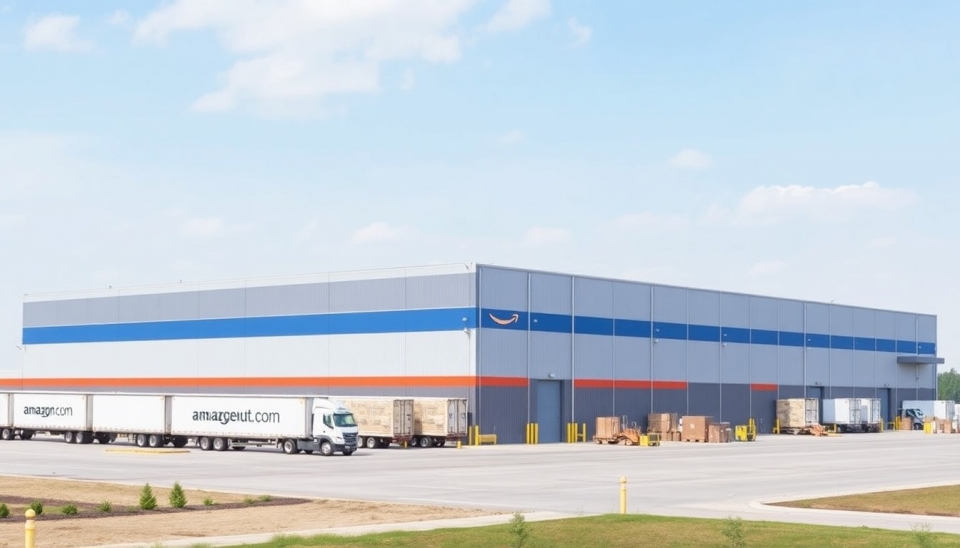
In an ambitious bid to streamline operations and reduce inefficiencies, Amazon has embarked on a significant campaign against what it describes as “bloat.” This internal initiative aims to cut down the superfluous roles and processes that have accumulated over the years as the company rapidly expanded. While Wall Street has largely responded positively to these efforts, the ramifications for Amazon's workforce have been particularly concerning.
The tech and retail giant, known for its relentless pursuit of innovation and growth, is now focusing on trimming down excess that affects productivity and profitability. The cuts come amid an economic environment in which efficiency and bottom-line performance are under the microscope. Investors have welcomed this strategic pivot, which is intended to enhance overall operational efficiency and bolster profits in the long run.
However, the aggressive reduction of workforce and roles deemed unnecessary has raised alarms among employees. Many workers are voicing their frustrations, citing a deteriorating job environment as the company prioritizes numbers and performance metrics over well-being. The sentiment has cultivated an atmosphere of anxiety, with fears of job insecurity looming large.
Amazon's drive to eliminate redundancies has led to the reduction of thousands of positions across the company, impacting not only warehouse staff but also middle management. Observers note that such cuts can lead to an overstretched workforce, as remaining employees find themselves with increased responsibilities amid heightened pressure to meet performance goals. Reports of strained morale and heightened stress levels have begun to surface, indicating that the company's commitment to cutting back may come at a human cost.
Despite these challenges, analysts on Wall Street have largely applauded Amazon’s tightening of operations. Investment experts argue that these moves signal a commitment to fiscal discipline, which is essential for navigating current market conditions and securing long-term viability. The stock has responded favorably, reflecting investor confidence that Amazon is reorienting itself towards a more profitable future.
As the company continues to chart its course, it is vital for both Amazon and its workforce to find a balance between achieving efficiency and maintaining a supportive work environment. The surge in stock prices may appease shareholders, but unless employee concerns are addressed, this strategy could backfire in the long run, undermining the very productivity the company seeks to enhance.
The outcome of Amazon's war on bloat remains to be seen. As the landscape continues to evolve, the balance between operational efficiency and employee satisfaction will ultimately define the company's future success.
In conclusion, while Amazon's strategy to eliminate bloat is garnering praise from investors, it is becoming increasingly clear that the welfare of its employees cannot be overlooked. A company that prioritizes efficiency over its people risks alienating its workforce, which could pose challenges down the line.
#Amazon #Efficiency #WorkplaceCulture #Investors #StockMarket #EmployeeSatisfaction #CorporateStrategy
Author: Emily Collins




